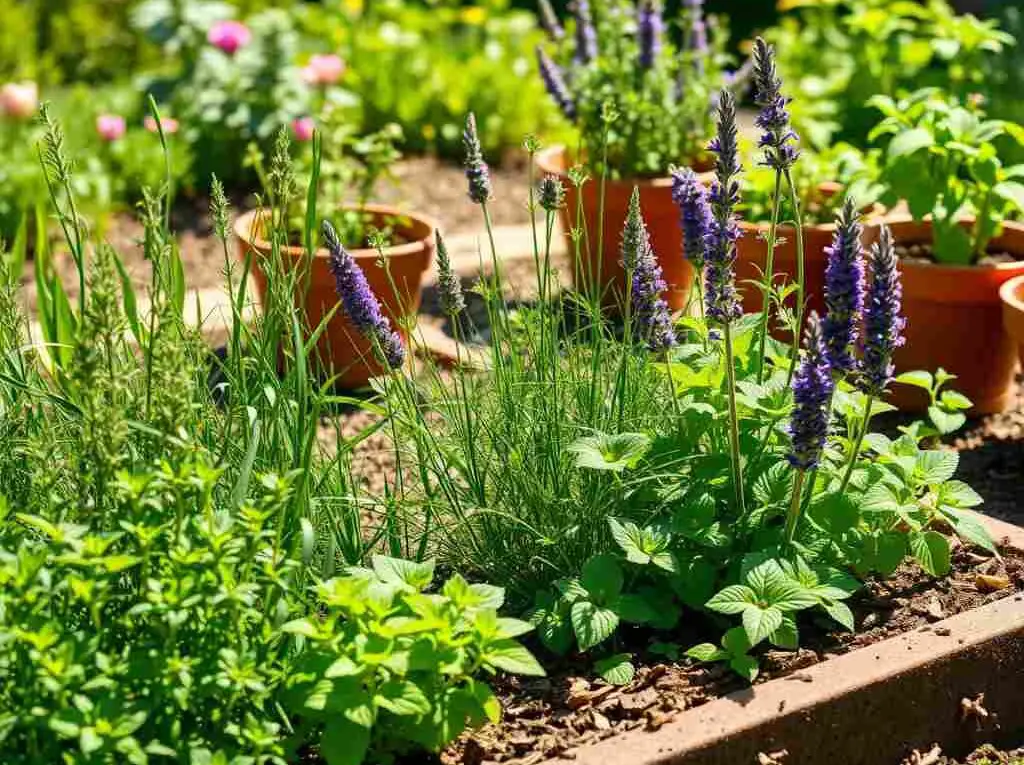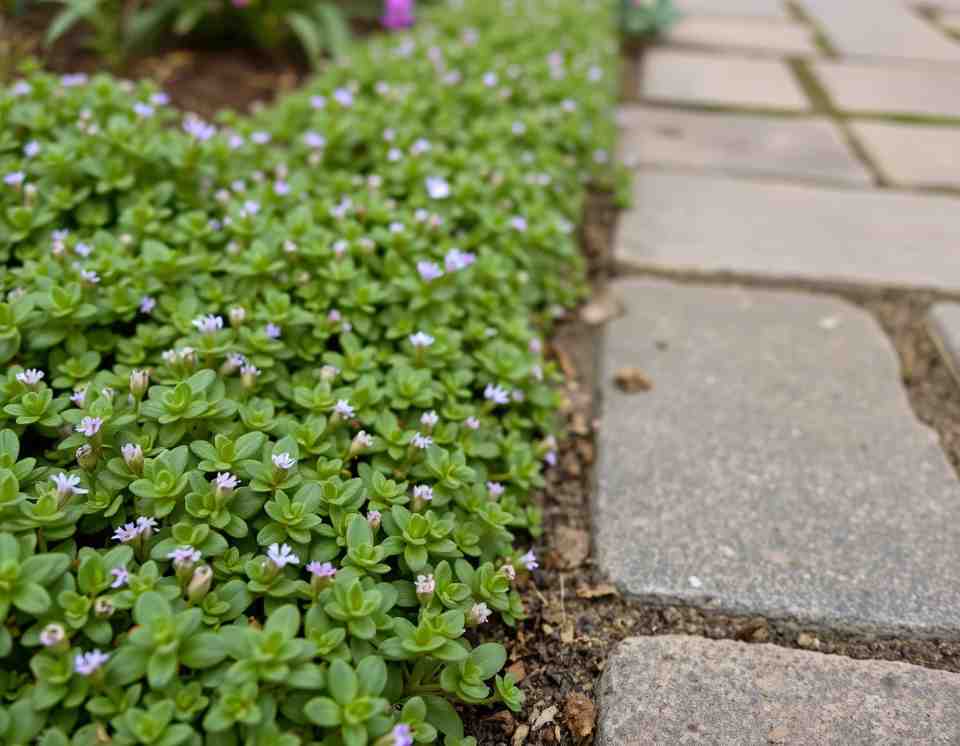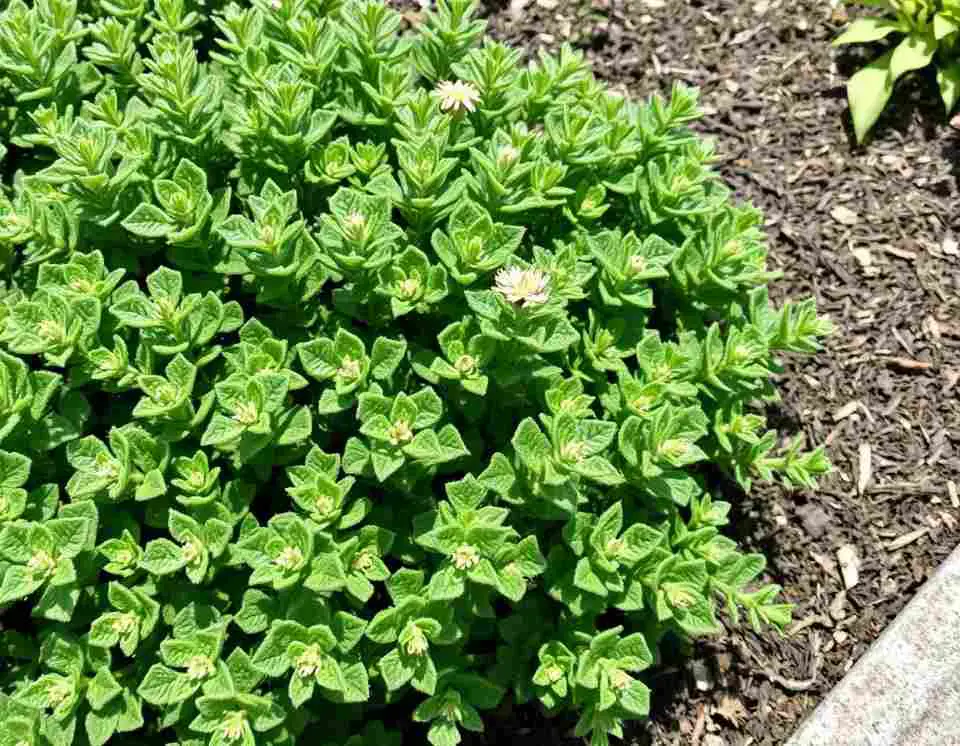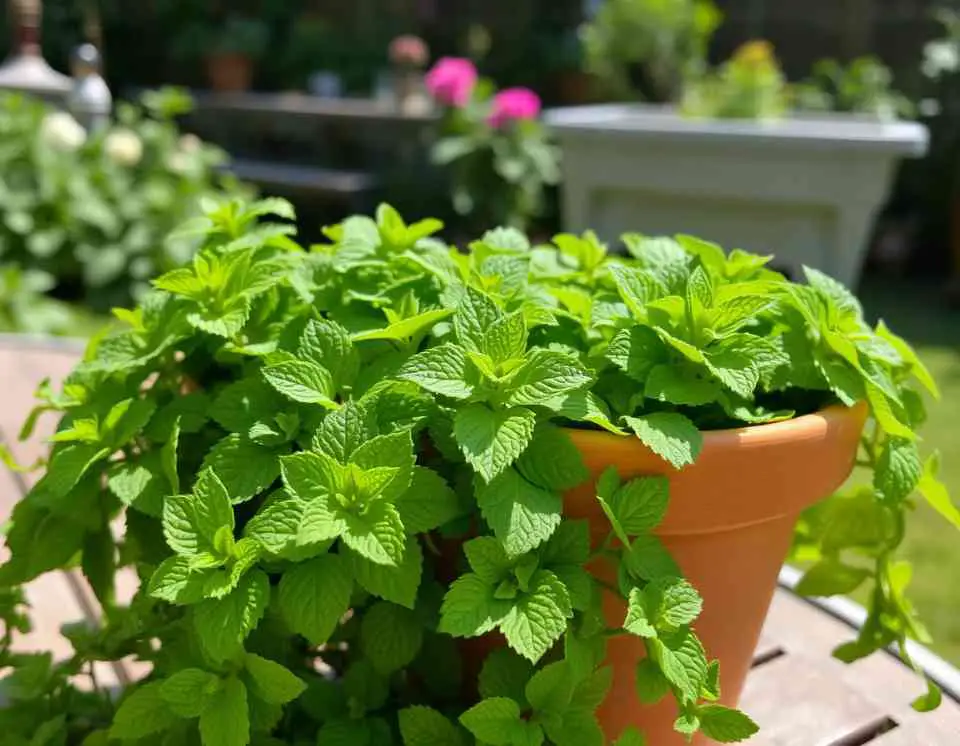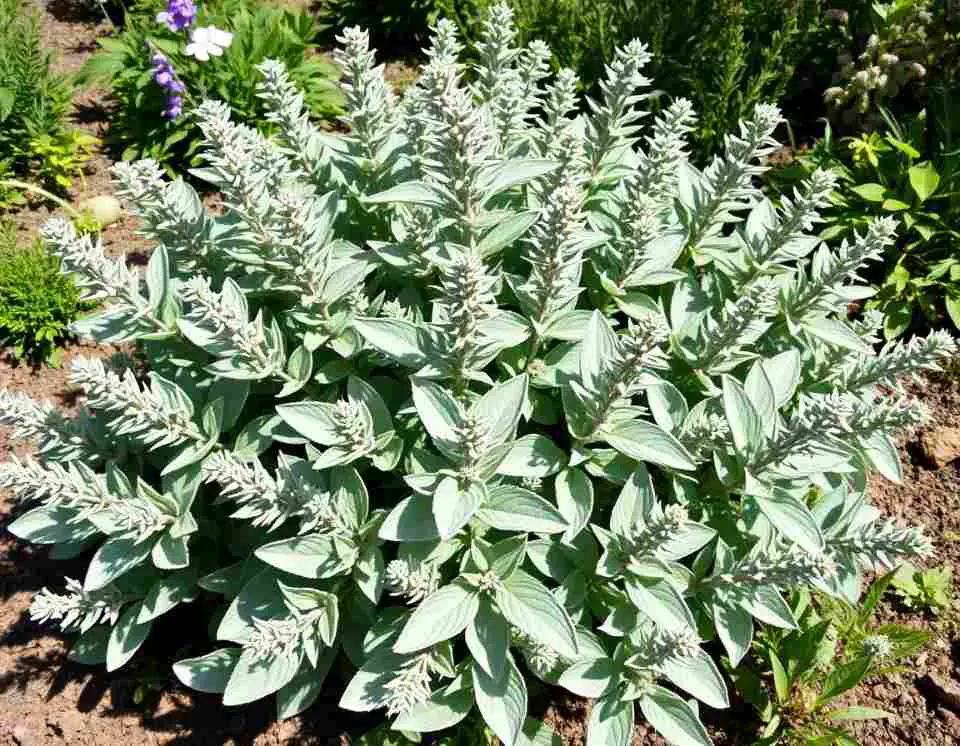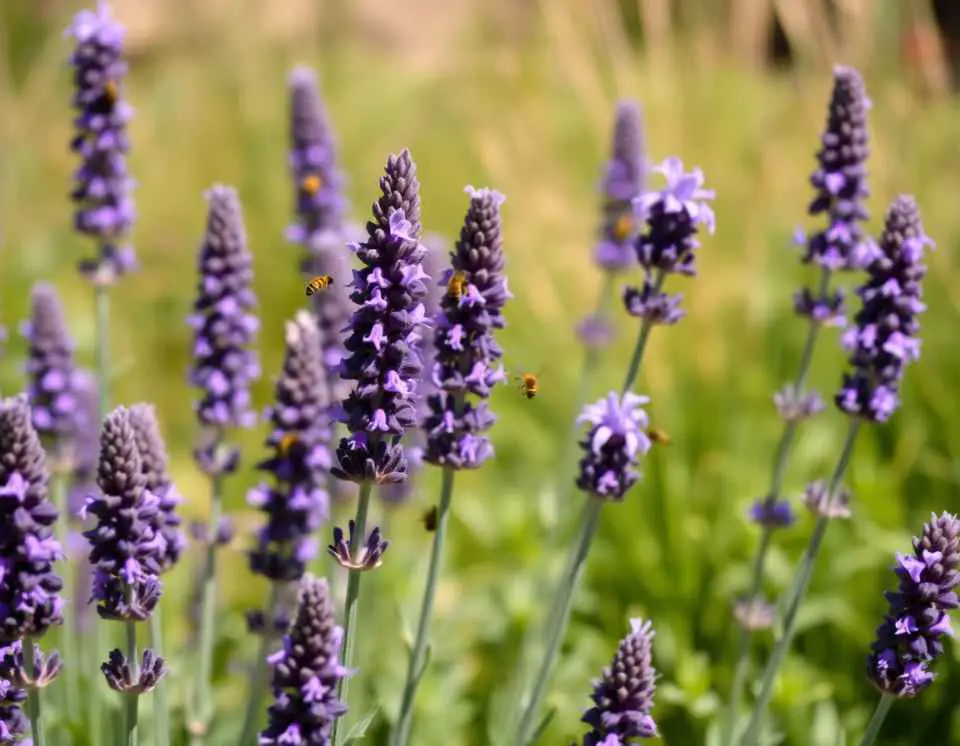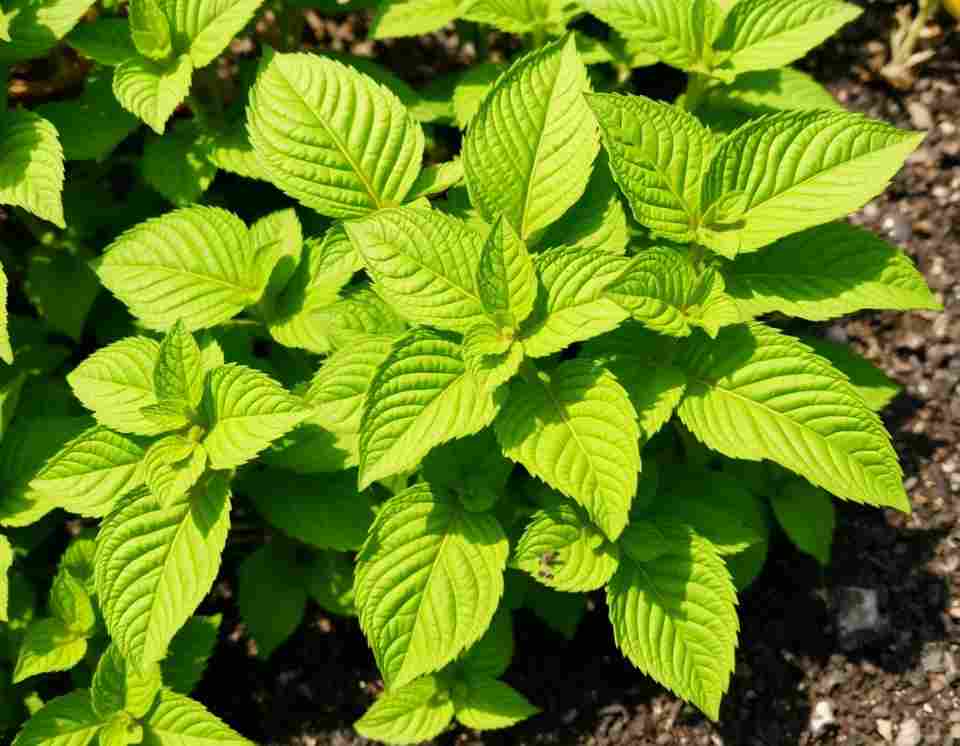Which Herbs Are Perennials? Plant Once, Harvest Forever!
Let me guess. You planted a cute little herb garden last year, and now you’re wondering which herbs are perennials, the ones making a comeback like that friend who always “drops by” just as you’re about to eat. 😅 Sound familiar?
Well, good news: some herbs really are perennials, which means they return year after year without you lifting a finger. Others? Let’s just say they ghost you after one season. So if you’re tired of replanting every spring, this guide’s for you.
Table of Contents
- 1 First Off, What Is a Perennial Herb?
- 2 ✅ The Top Perennial Herbs You’ll Want in Your Garden
- 3 🧊 Cold-Hardy vs. Warm-Climate Perennials
- 4 🌱 Herbs That Pretend to Be Perennials
- 5 🤔 Why Grow Perennials Instead of Annuals?
- 6 👩🌾 Tips for Keeping Perennial Herbs Alive and Happy
- 7 My “Oops” Story (So You Don’t Repeat It)
- 8 Final Thoughts: Which Herbs Are Worth It?
- 9 Author
First Off, What Is a Perennial Herb?
Okay, quick refresher: a perennial is a plant that lives more than two years. In other words, it doesn’t die after one growing season. Instead, it hunkers down for the winter and pops back up when the weather warms up. Like clockwork.
Annuals, on the other hand, are one-season wonders. And biennials? They’re confused middle children. They grow one year, bloom the next, and then peace out.
Now that we’ve got that out of the way, let’s look at the herbs that actually stick around.
✅ The Top Perennial Herbs You’ll Want in Your Garden
Here’s a list of herbs that are true perennials in most climates (zones 4–9, unless noted otherwise). Bonus: many are super low-maintenance.
1. Thyme
This one’s tough as nails. Thyme spreads like a ground cover, and it thrives in poor soil and full sun. The flavor gets more intense the older it gets (kinda like us, right?).
Why grow it?
- Easy to grow
- Attracts pollinators
- Great in soups, meats, and roasted veggies
FYI: It might look dead in winter, but it’s just sleeping.
2. Oregano
Oregano is basically the Italian nonna of herbs, reliable, hearty, and always a little spicy.
Why grow it?
- Spreads fast (almost too fast, watch out!)
- Delicious in pasta, pizza, and sauces
- Drought-tolerant
Tip: Trim it back often or it’ll take over. Like seriously.
3. Chives
Chives are the introverts of the herb world: low-key, polite, and always add a little something to the conversation.
Why grow it?
- Comes back stronger every year
- Purple flowers are edible and pretty
- Great on potatoes, eggs, and dips
Personal note: My chives came back so thick last spring I actually gave a bunch away in zip-lock bags. #HerbDealer
4. Mint
You’ve probably heard horror stories about mint taking over gardens. They’re true. This stuff is relentless.
Why grow it?
- Smells amazing
- Works in teas, mojitos, and desserts
- Repels ants and mice (bonus!)
BUT: Grow it in containers unless you want a full-on mint invasion. You’ve been warned.
5. Sage
Ah, sage. The wise old sage. (Sorry, had to.) It’s earthy, aromatic, and looks kind of cool with those fuzzy, silvery leaves.
Why grow it?
- Perfect for stuffing, poultry, and sausage dishes
- Tough plant that loves full sun
- Adds texture to your garden
Pro tip: Prune it hard in spring to keep it from getting woody.
6. Lavender
Okay, I know this one’s technically a “flowering herb,” but lavender deserves a spot here. Not only does it smell divine, but bees go absolutely bananas for it.
Why grow it?
- Smells like a spa in your backyard
- Attracts pollinators
- Deters mosquitoes and deer
Heads-up: Needs well-drained soil and lots of sun. Do not drown it.
7. Lemon Balm
If you want an herb that smells like lemon candy and attracts butterflies, lemon balm is your girl.
Why grow it?
- Makes calming teas
- Attracts bees and butterflies
- Self-seeds like a champ
Warning: Like mint, it spreads fast. Plant it where it can roam or keep it in a pot.
🧊 Cold-Hardy vs. Warm-Climate Perennials
Ever wonder why your rosemary croaked but your thyme survived? Some herbs are perennial, but only in certain USDA zones.
Cold-Hardy Champs (Zones 4–7)
- Thyme
- Chives
- Oregano
- Sage
Warm-Weather Warriors (Zones 8–10+)
- Rosemary (perennial in warmer zones)
- Bay Laurel (bring it indoors if temps drop)
- Lemongrass (it’s tropical, but you can overwinter it indoors)
Pro tip: Check your USDA hardiness zone before planting. Google it or look it up on the USDA site. You’ll thank yourself later.
🌱 Herbs That Pretend to Be Perennials
Some herbs act like perennials in warmer areas but need replanting in colder climates. These are technically tender perennials.
Examples:
- Cilantro: Bolts fast and rarely survives winter.
- Parsley: Technically a biennial. Grows leaves the first year, flowers the next.
- Basil: Total diva. Dies at the first frost.
Bottom line: Treat these as annuals unless you live somewhere warm and sunny year-round (jealous).
🤔 Why Grow Perennials Instead of Annuals?
Great question. You could replant herbs every year… or you could plant once and chill.
Here’s why perennials rock:
- Less work: Plant once, harvest for years.
- Cost-effective: No need to keep buying seeds or starters.
- Bigger harvests: Roots get stronger every year.
- Garden coverage: They fill in empty spots and suppress weeds.
Also? It’s kind of magical when they show up after a snowy winter. Like, “Hey, you survived too?!”
👩🌾 Tips for Keeping Perennial Herbs Alive and Happy
Just because they come back doesn’t mean they don’t need some TLC.
Do:
- Mulch around the base in fall to protect roots
- Prune in spring to encourage fresh growth
- Divide every few years if they get overcrowded
- Harvest regularly to keep them productive
Don’t:
- Let them get leggy (prune them!)
- Overwater, most hate soggy soil
- Ignore soil quality. Even tough herbs need good drainage
My “Oops” Story (So You Don’t Repeat It)
Let me just say: don’t trust the plant label blindly. I once planted what I thought was perennial rosemary in Zone 5. Guess what? Frost hit, and it shriveled like a raisin in a sauna.
Now I pot my rosemary and bring it inside. Lesson learned. Don’t be me.
Final Thoughts: Which Herbs Are Worth It?
If you’re building a garden that lasts, start with perennial herbs like thyme, chives, oregano, sage, and lavender. They’re flavorful, resilient, and kind of do their own thing. Low drama. High reward.
Sure, you can toss in some basil or cilantro for seasonal flair, but trust me, the perennials will become your ride-or-die plants.
Happy planting!

